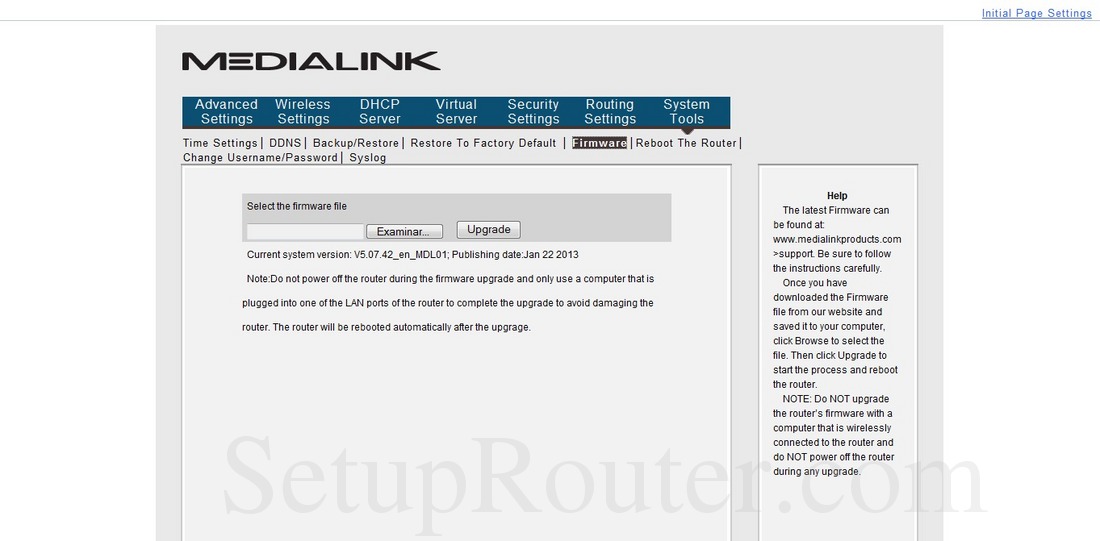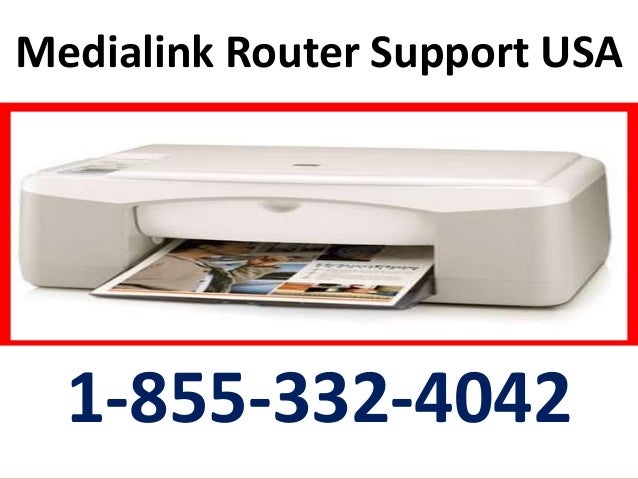
You need to find the range of IPs used for DHCP so you can later set your access point to use an IP address outside that range (but on the same subnet). What that means is, the router acts as a DHCP server, and serves IP addresses dynamically, as needed to the client computers. Step 2: Connect to your router administration interface to find the DHCP rangeīy default, LAN clients are usually set to obtain their IPs automatically. It is usually in the .x range.Īlternaticely, you can try connecting to your router's default IP address by looking it up in our routers database. The " IP address" line in the above figure shows your computer's IP, while the "Default Gateway" is your main existing router that provides your internet connection.

In this example, my ISP-provided gateway/router (the "Default Gateway") is set to 192.168.1.1. Under Windows, the easiest way to do this is drop to command prompt (Start > Run > type: cmd) and type: ipconfig You need to find the internal IP address of your existing modem/gateway/router that connects your LAN to the internet. Step 1: Find the IP addresses of your existing gateway/router and clients More detailed step by step instructions on how exactly to convert and use your wireless router as an access point are below: Do not use the Internet/WAN port on the wireless router to be used as an acces point. In essence, the new wireless router/access point needs to be configured to use a LAN IP address in your network range (the same subnet as your other devices), and you need to connect one of its LAN ports to the existing gateway/router. Instead of using your wireless router as intended (NAT routing, DHCP client/server, PPPoE client, etc.), converting it into a wireless access point will save you a lot of headackes and make the configuration much simpler. However, introducing a second NAT router on the network is not a good idea, especially without some tweaking to set it up correctly. Adding an access point to a wired network already in place, or to one where the main NAT router is provided by the ISP is usually the easiest solution. Wireless routers seem more common, and are often priced even lower than wireless access points. If this doesn’t fix things, contact us and our Broadband Support Team will help.I've often found it useful to get just the wireless functionality out of a WiFi router and reuse it as an access point. If you’d like to increase the coverage of your Wi-Fi signal, you could try a Wi-Fi booster. If it has an antenna, make sure it’s vertical to give you the largest coverage area. If you’re not getting a good signal, try moving your router. Walls, floors and electrical equipment can all affect the signal from your wireless router. Make sure there’s enough air flow around the router and don’t keep it in a hot place.

Place your router - to get the best speed from your broadband, connect your router to your master telephone socket.You won’t need these for your SSE broadband service, so you can unplug them. If you’ve had broadband before, you may already have a modem or filters plugged in.


 0 kommentar(er)
0 kommentar(er)
